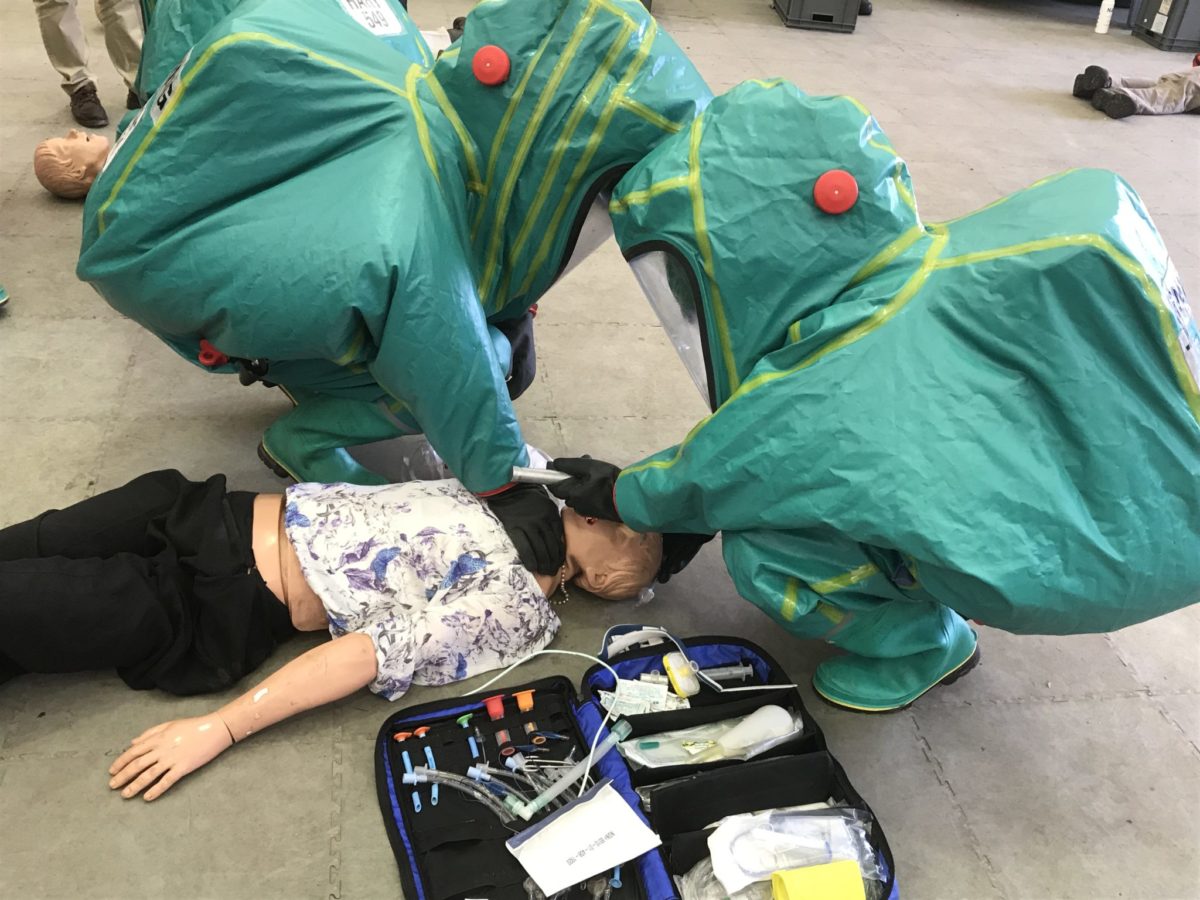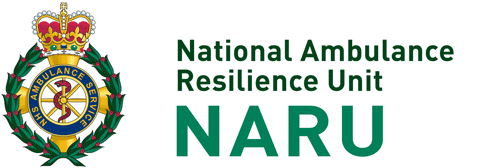Two important new NARU guidance publications will be published in late June for use by all Hazardous Area Response Team (HART) staff in all ten English NHS ambulance services.
The NARU National Ambulance Service CBRN/HAZMAT Guidance significantly updates the original 2014 version and aims to support a consistent and structured approach by NHS ambulance resources as part of a multi-agency response to CBRN incidents, such as the poisoning of Alexander Litvinenko in 2006 or the Salisbury Novichok poisoning in 2018.



The NARU Guidance on Dealing with Radiological Incidents and Emergencies is a revision of the original National Health Service (NHS) guidance issued in March 2010 and takes into account operational feedback from Ambulance Trusts and consultation with Partner Agencies. It is also aligned to the Joint Emergency Services Interoperable Programme (JESIP) where applicable.
The guidance set out in this document aims to meet the requirements of the Health and Safety at Work (HaSaW) Act 1974, Ionising Radiations Regulation 2017 and accompanying Approved Code of Practice (IRR17) and the Radiation (Emergency Preparedness and Public information) Regulations 2019 (REPPIR).
It is applicable to the planning, preparation and response to operations and incidents where radiation may be encountered, giving rise to the potential for exposure to ambulance personnel and/or contaminated patients.
This includes deliberate acts that may cause infrastructure failure and/or mass patients, as well as incidents at nuclear and non-nuclear premises and during the transportation of radioactive materials. It will assist in ensuring a safe and coordinated emergency service response to such incidents.
The two documents will be published onto the central PROCLUS reference library which is only accessible to serving NHS ambulance HART team members and ambulance service EPRR staff here: https://ambulance.pro-clus.co.uk.
For more information contact Christian Cooper.
